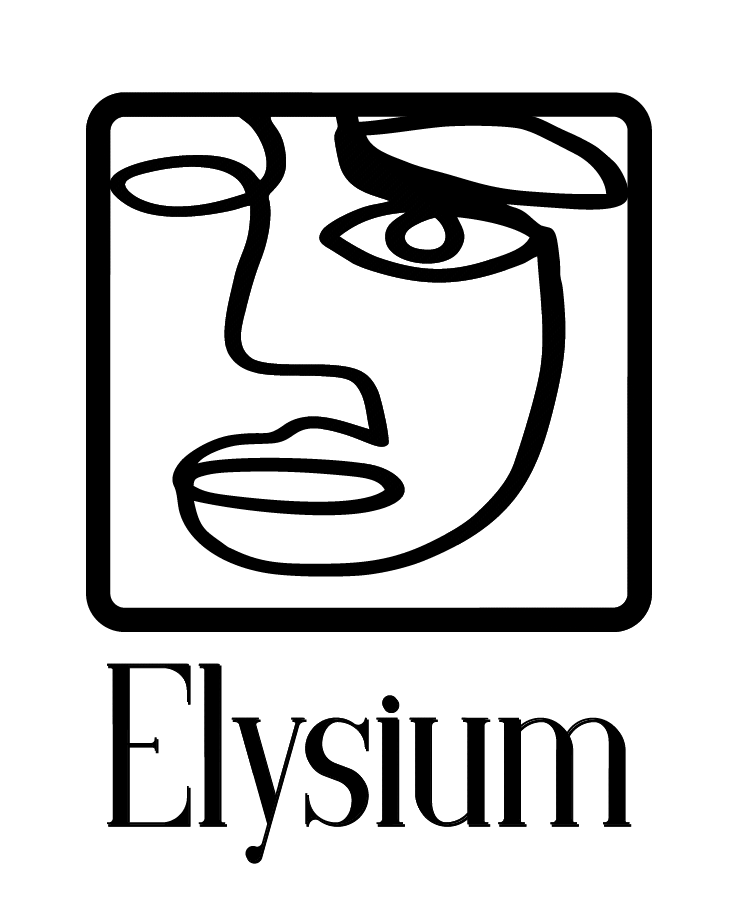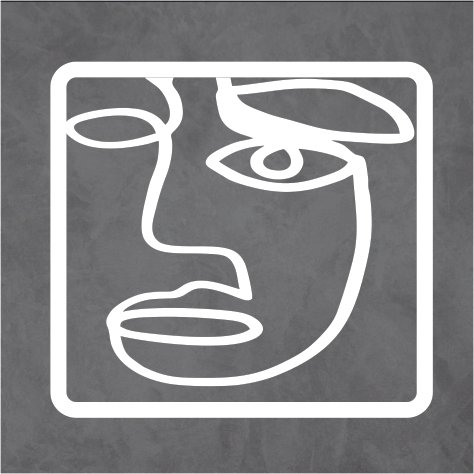A disease that shouldn't exist any more
Noma is a non-contagious inflammation of the gums. Within a few days it rapidly spreads, causing destruction of facial tissues and bones and up to 90 per cent of the people affected are estimated to die in a few weeks. Survivors are left with severe wounds making it hard to eat, speak, see or breathe. In addition, they often face stigma as a result of the disfigurement.
Noma is easily preventable and treatable with the right knowledge and resources. Good nutrition, oral hygiene, healthcare accessibility, and vaccinations against childhood diseases all contribute to noma prevention. Basic oral hygiene, antibiotics, and wound dressing can facilitate recovery within a few weeks.
Early detection and management during the initial days of the disease are crucial for successful treatment. Many people at risk live in impoverished and isolated areas with a lack of access to the necessary antibiotics. These regions typically have minimal access to health care and dental services.
The rapid progression of noma makes it difficult to detect the first symptoms. Its high mortality rate stems from a lack of knowledge and awareness about the disease. People affected and their families often seek help within their community or from traditional healers, inadvertently losing valuable time and the chance for proper treatment.
By raising awareness and improving healthcare access, more lives can be saved from this preventable and treatable disease.
A neglected tropical disease
On 15 December 2023, noma’s addition to the Neglected Tropical Diseases (NTDs) list of the World Health Organization (WHO) was endorsed by the global health body’s Director General Dr Tedros Adhanom Ghebreyesus. This final step in its formal recognition as a neglected disease comes after the positive recommendation made by the 17 experts of the WHO Strategic and Technical Advisory Group for NTDs pursuant to the review of the dossier of evidence submitted in January 2023 by the Federal Republic of Nigeria and 31 endorsing States from all over the world.
“As noma survivors, this achievement brings hope and opportunities for improved prevention, support, and resources. For Elysium, this victory encourages us to do more. It marks a significant step forward in ensuring a brighter future for all.”
“This milestone is a testament to the collective efforts of advocates, healthcare professionals, researchers, and survivors who have tirelessly worked toward raising awareness and pushing for change. It is through this collaborative spirit and dedication that we can make a lasting impact and bring positive change to the lives of people affected by noma, the ones at risk, and their communities.”




